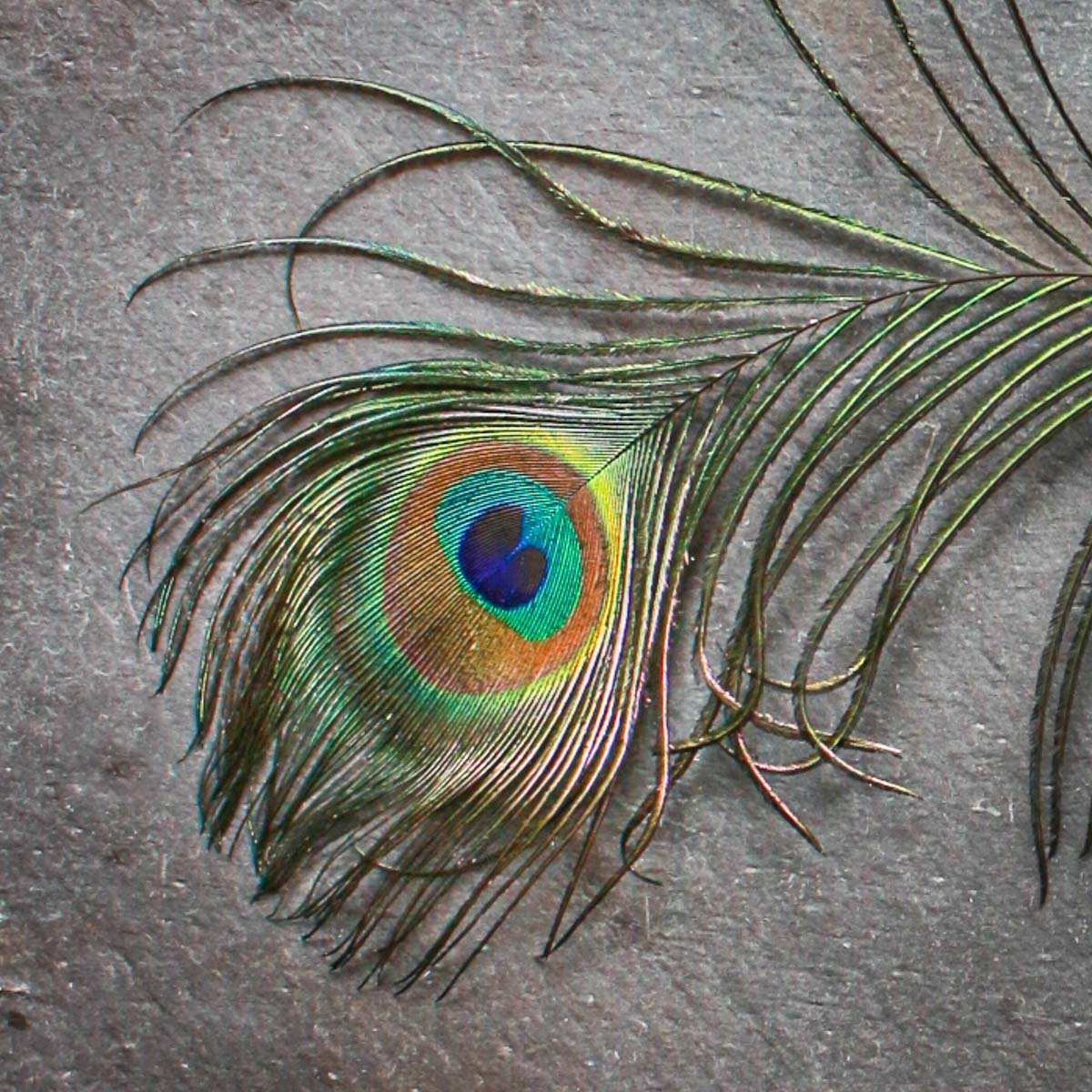Peacock

The peacock, with its flamboyant feathers and majestic presence, stands as an emblem of beauty and grace in various cultures around the world. Known for its vibrant plumage and distinctive appearance, this regal bird has captivated the human imagination for centuries, making appearances in art, folklore, and symbolism across diverse civilizations.
Aesthetic Splendor:
The peacock is renowned for its stunning appearance, particularly the male, known as a peacock, with its iridescent, fan-like tail feathers. These feathers, adorned with an array of vivid colors such as deep blues, vibrant greens, and iridescent purples, are not only a spectacle to behold but also serve a vital role in the bird’s mating rituals. During courtship displays, the male peacock unfurls its magnificent tail, creating an awe-inspiring visual feast to attract potential mates.
Cultural Significance:
Throughout history, the peacock has held symbolic importance in various cultures. In ancient Greece, the peacock was associated with Hera, the queen of the gods, representing immortality and regality. In Hinduism, the bird is linked with the goddess Lakshmi, symbolizing beauty, prosperity, and spiritual awakening.
Additionally, in Christianity, the peacock has been linked to resurrection and renewal due to a belief that its flesh did not decay after death. This association led to depictions of peacocks in religious art and architecture, signifying eternal life.
Artistic Inspiration:
The peacock’s mesmerizing beauty has inspired artists, poets, and designers across different mediums. From intricate tapestries to ornate jewelry, the bird’s distinctive feathers and elegant form have been immortalized in numerous art forms worldwide.
Moreover, the peacock motif is a recurring theme in fashion, where its feathers have been replicated in embroidery, prints, and embellishments, symbolizing opulence, extravagance, and sophistication.
Conservation and Protection:
Despite its cultural significance and aesthetic allure, peacocks face challenges in the wild due to habitat loss, illegal trade, and hunting. Several conservation efforts aim to protect these captivating birds, focusing on preserving their natural habitats and raising awareness about the importance of safeguarding their existence.
Conclusion:
The peacock’s magnificence extends beyond its striking appearance; it represents a convergence of beauty, symbolism, and cultural significance. Its presence in various aspects of human history, from mythology to art, illustrates the enduring fascination and reverence for this captivating creature. As we continue to appreciate the peacock’s splendor, it’s essential to work towards ensuring the conservation and protection of these majestic birds for future generations to admire and cherish.





